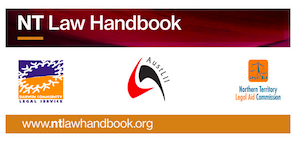-- JonathanMo - 14 Sep 2015
Marks likely to deceive or cause confusion
Section 43 of the TMA requires that an application for the registration of a trade mark in respect of particular goods or services be rejected if the use of the trade mark in relation to those goods or services is likely to deceive or cause confusion, because of some connotation it may have. This is similar to a provision under the old Act. However, the TMA separates the 'likely to deceive' provision [TMA s.43] and the 'deceptively similar' provision. See Southern Cross Refrigerating Co v Toowoomba FoundryP/L (1954) 91 CLR 592. Note, however, that in Estate of Diana, Princess of Wales v Masterson (2001) 52 IPR 264 (Federal Court), Princess Diana's estate filed an objection to registration of the mark 'Diana's Legacy in Roses' in relation to roses under section 43 of the TMA. The objection on this ground failed because there was no evidence that buyers would be deceived into believing that the Princess's estate had authorised or endorsed this form of commercialisation of her name. In Campomar Sociedad Limitada v Nike International Ltd [2000] HCA 12; (2000) 202 CLR 45 (High Court) the US sporting goods company sought to expunge the registration of 'Nike' in respect of cosmetics and toiletries by a Spanish company on the grounds that it could become deceptive or likely to confuse, even if at the time of initial registration it was not deceptive. The court held there was no reasonable probability of confusion. Copyright © by the contributing authors. All material on this collaboration platform is the property of the contributing authors.
Copyright © by the contributing authors. All material on this collaboration platform is the property of the contributing authors. Ideas, requests, problems regarding AustLII Communities? Send feedback
This website is using cookies. More info.
That's Fine

